Home>Furniture>Living Room Furniture>How To Dry Couch Cushions Fast
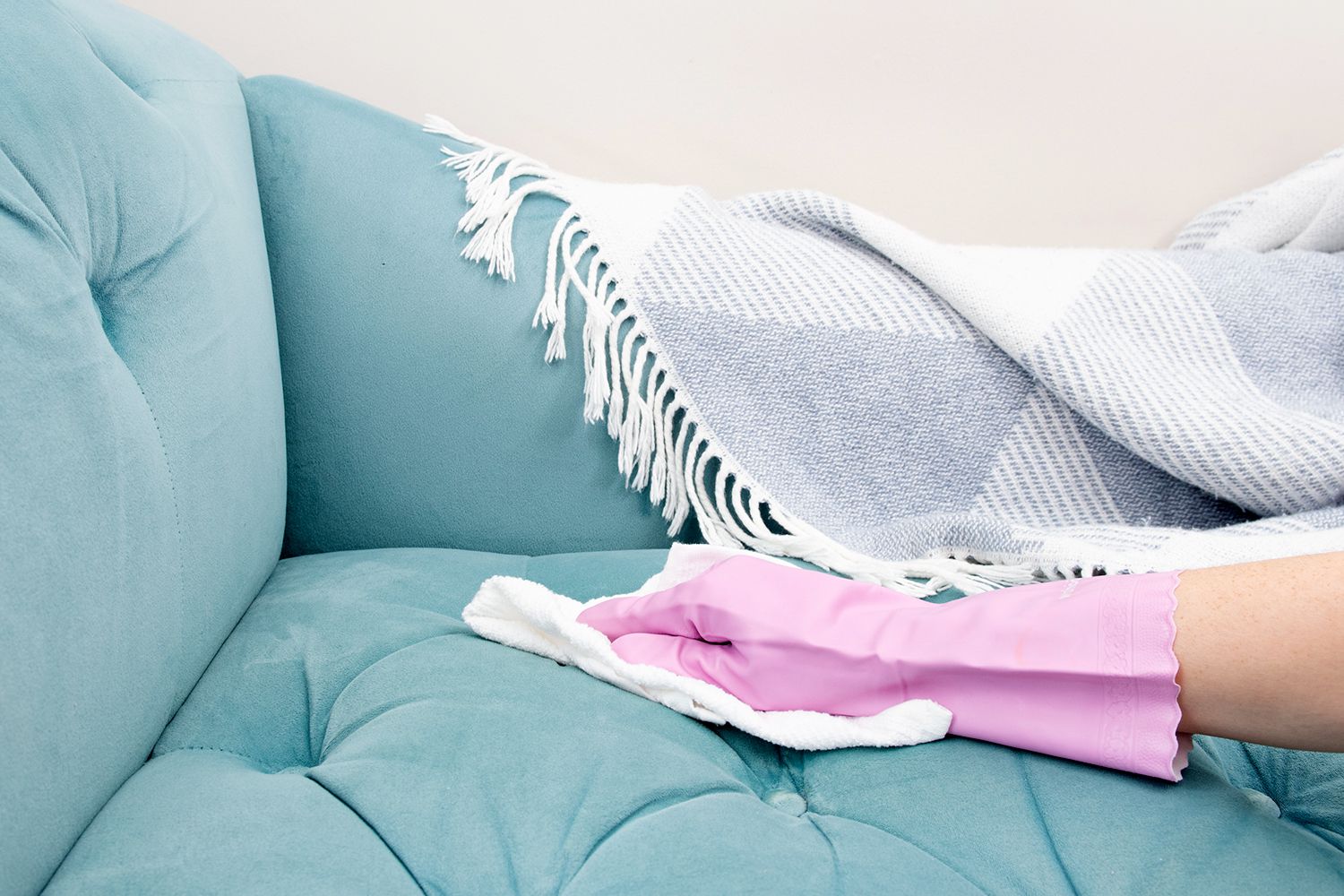

Living Room Furniture
How To Dry Couch Cushions Fast
Modified: March 16, 2024
Discover effective ways to quickly dry your living room furniture cushions using simple techniques. Ensure your couch cushions are moisture-free and ready to use in no time.
(Many of the links in this article redirect to a specific reviewed product. Your purchase of these products through affiliate links helps to generate commission for Storables.com, at no extra cost. Learn more)
Introduction
Welcome to How To Dry Couch Cushions Fast, where we’ll explore effective methods to dry your couch cushions quickly and efficiently. Whether you spilled a drink on your couch or are dealing with a damp cushion after cleaning, this article will provide you with practical tips to expedite the drying process and get your cushions back to their cozy and comfortable state.
Unexpected moisture on couch cushions can be a source of frustration, as the longer they remain wet, the greater the risk of mold and mildew growth. That’s why it’s crucial to act fast and implement the appropriate drying techniques. By following the steps outlined in this article, you’ll be able to successfully dry your couch cushions in no time.
Before we dive into the methods, it’s important to note that the suitability of each approach may vary based on the type and material of your couch cushions. Always consult the manufacturer’s guidelines or seek professional advice if you’re uncertain. Now, let’s get started!
Key Takeaways:
- Keep your couch cushions dry to prevent mold and mildew. Remove excess moisture with towels, a vacuum, or absorbent materials. Use fans, ventilation, and the sun to speed up the drying process.
- Act fast and follow the steps to dry your couch cushions. Remove, dry, and reassemble the cushions. Use fans, absorbent materials, and the sun. Enjoy your cozy and refreshed couch!
Read more: How To Fix Cushions On Couch
Step 1: Remove the Cushions
The first step in drying your couch cushions is to carefully remove them from the couch frame. Depending on the design of your couch, this may involve unzipping the cushion covers or lifting them out of the frame. Make sure to take note of the arrangement and order of the cushions so you can easily put them back in the correct positions later.
Once you’ve taken the cushions out, place them on a clean and dry surface away from the couch. This will prevent any excess moisture from seeping into the couch itself. If the cushions are soaked, gently squeeze them to release any excess water. Be careful not to wring them too vigorously, as this can damage the cushion padding or cause misshaping.
If your cushions have removable covers, check if they can be separated from the inner cushion padding. If they can, it’s a good idea to remove the covers for a more thorough drying process. This will allow air to circulate more effectively and speed up the drying time.
Once you have removed the cushions and, if applicable, their covers, it’s time to move on to the next step of the drying process.
Step 2: Remove Excess Moisture
After removing the cushions from the couch, your next priority is to remove as much excess moisture as possible. This will help expedite the drying process and prevent mold and mildew from developing. There are several methods you can utilize to achieve this:
- Blotting with towels: Start by blotting the wet areas of the cushion with absorbent towels. Place the towel over the damp spot and press down gently, allowing it to absorb the moisture. Repeat this process with dry sections of the towel until you no longer see excess water being absorbed.
- Using a wet/dry vacuum: If you have a wet/dry vacuum cleaner, it can be a handy tool for removing moisture from the cushions. Attach the appropriate nozzle or upholstery attachment and run it over the damp areas, sucking up the water. Move the vacuum in smooth, overlapping motions to ensure thorough extraction.
- Using a sponge: A sponge can also be effective in eliminating excess moisture. Gently dab the wet areas of the cushion with a sponge, absorbing the water as you go. Rinse the sponge regularly to remove any absorbed moisture and continue until the cushion feels less saturated.
- Using a moisture-absorbing product: Another option is to utilize moisture-absorbing products, such as baking soda or silica gel packets. Sprinkle a generous amount of baking soda directly onto the damp areas of the cushion and let it sit for a few hours. Baking soda will help draw out the moisture. Alternatively, you can place silica gel packets on the cushions, which will absorb the excess moisture. Be sure to follow the instructions for proper usage and disposal.
By removing as much excess moisture as possible, you’re creating a favorable environment for quick drying. Once you’ve completed this step, you’re ready to move on to the next stage of the drying process.
Step 3: Use a Fan or Ventilation
Now that you have removed the excess moisture from your couch cushions, it’s time to facilitate the drying process by utilizing a fan or ensuring proper ventilation. This step promotes air circulation and helps evaporate any remaining moisture. Here’s how you can do it:
- Position a fan nearby: Place a fan near the cushions, ensuring that it is set to a medium or high speed. The airflow from the fan will help to expedite the evaporation process. It’s a good idea to aim the fan directly at the cushions for maximum impact. If you have multiple cushions, you can arrange them in a way to maximize exposure to the airflow.
- Open windows and doors: If weather conditions permit, open windows and doors to allow fresh air to circulate throughout the room. This natural ventilation will aid in drying the cushions faster. Creating a cross breeze by opening windows on opposite sides of the room can enhance the drying process.
- Use a dehumidifier: If the air in the room is very humid, consider using a dehumidifier to help remove excess moisture from the environment. Running a dehumidifier alongside the fan can significantly speed up the drying time of your couch cushions.
- Rotate the cushions: After some time, rotate the cushions to expose different areas to the airflow. This will ensure that all sides of the cushion are drying evenly. If you’re using a fan, adjust its position accordingly to target the newly exposed areas.
Remember to check the progress periodically and adjust the settings or position of the fan as needed. The combination of airflow and ventilation will aid in drying your couch cushions efficiently. Once you’ve sufficiently dried the cushions, you can proceed to the next step.
Step 4: Apply Absorbent Materials
In addition to utilizing fans and ventilation, you can enhance the drying process of your couch cushions by applying absorbent materials. These materials help to draw out moisture and speed up the evaporation. Here are some effective options:
- Microfiber towels: Place clean and dry microfiber towels on the surface of the cushions. Microfiber has excellent absorbent properties and will help wick away moisture. Gently press the towels onto the cushions, ensuring good contact. Replace the towels with dry ones as needed until they no longer absorb significant amounts of moisture.
- Kitty litter or cornstarch: If you don’t have microfiber towels, you can use kitty litter or cornstarch as alternatives. Sprinkle a generous amount of either substance directly onto the damp areas of the cushion. Allow it to sit for several hours, allowing the kitty litter or cornstarch to absorb the moisture. Once the material appears saturated, vacuum it up using a handheld vacuum or brush it off using a clean brush.
- Waterproof mattress protectors: If you have access to waterproof mattress protectors, you can place them over the damp cushions. The waterproof barrier will prevent any absorbed moisture from passing through while allowing the cushions to continue drying naturally.
By combining the use of absorbent materials with proper airflow and ventilation, you’ll see a significant reduction in the drying time of your couch cushions. Be sure to monitor the progress and replace the absorbent materials as needed. Once the cushions are mostly dry, it’s time to move on to the next step.
To dry couch cushions fast, remove the covers and use a hairdryer on a low heat setting. Alternatively, place the cushions in a well-ventilated area with a fan blowing on them.
Read more: How To Measure Couch Cushions
Step 5: Use a Hair Dryer
If you want to expedite the drying process further, you can utilize a hair dryer to target specific areas of the cushions. However, it’s essential to use caution and follow these guidelines to prevent damage:
- Set the hair dryer to a low or medium heat setting: High heat can potentially cause damage to the cushion fabric, so it’s best to use a lower heat setting to be safe. Additionally, choose a gentle airflow setting to avoid blowing the dampness deeper into the cushion.
- Keep a safe distance: Maintain a distance of at least six inches between the hair dryer and the cushion surface. This prevents direct heat exposure and minimizes the risk of overheating or scorching the fabric.
- Moving the hair dryer: Continuously move the hair dryer in a back-and-forth motion across the damp areas of the cushion. This ensures that the heat is evenly distributed and avoids concentrating heat in one spot for too long.
- Monitor the temperature: Regularly check the temperature of the cushion surface with your hand. If it feels uncomfortably hot or if you notice any discoloration or changes in texture, immediately stop using the hair dryer.
Remember, the hair dryer method is best used for spot-drying specific areas or for cushions with non-sensitive fabrics. Be cautious and cease using the hair dryer if needed. If you have multiple cushions, rotate and work on one cushion at a time, allowing the others to continue drying naturally.
Once you’ve sufficiently dried the cushions with the hair dryer, it’s time to move on to the next step to maximize drying efficiency.
Step 6: Sun-Drying Method
If weather conditions permit, utilizing the sun’s natural heat and airflow can be an effective way to dry your couch cushions. Sun-drying offers several benefits:
- Find a sunny spot: Identify an outdoor area with direct sunlight where you can place your cushions. Choose a clean and dry surface, such as a patio or deck, where the cushions can receive maximum exposure to sunlight.
- Place the cushions flat: Lay the cushions flat on the designated sun-drying area. Make sure they are positioned in such a way that all sides receive equal exposure to the sun. If necessary, rotate the cushions periodically to ensure even drying.
- Monitor for weather changes: Keep an eye on the weather forecast to ensure that the cushions won’t get wet if unexpected rain or moisture is expected. If the weather changes suddenly, move the cushions to a covered area or indoors to protect them from getting wet again.
- Turn the cushions over: After a few hours of sun exposure, flip the cushions over to allow both sides to dry evenly. This helps to prevent any moisture retained on one side from causing mold or mildew growth.
- Keep pillows in the shade: If your couch has decorative pillows or cushions made of delicate materials, it’s best to keep them in a shaded area to prevent fading or damage from direct sunlight. These can be dried indoors using other methods mentioned earlier.
Sun-drying can be an efficient method, especially during warmer and drier climates. However, it’s important to note that prolonged exposure to the sun may cause color fading or damage to certain fabrics. Exercise caution and monitor the cushions regularly to prevent any adverse effects.
Once the cushions are thoroughly dried with the sun-drying method, you’re ready for the final step of the process.
Step 7: Reassemble the Couch Cushions
After successfully drying your couch cushions, it’s time to reassemble them and return them to their rightful place on the couch. Follow these steps to ensure a proper reassembly:
- Check for residual moisture: Before reassembling the cushions, double-check that they are completely dry. Run your hands over the surface to feel for any lingering dampness. If you detect any moisture, repeat the drying process or use additional drying methods until the cushions are completely dry.
- Replace any protective covers: If you removed any cushion covers during the drying process, now is the time to put them back on. Ensure the covers are clean and dry before reattaching them. Follow the manufacturer’s instructions for zipping or securing the covers in place.
- Arrange the cushions properly: Place the cushions back in their original positions on the couch. If you had multiple cushions, refer to the arrangement you noted earlier to ensure they are placed correctly. Press each cushion down firmly to ensure a snug fit.
- Fluff and adjust the cushions: Once the cushions are in place, take a moment to fluff them up and adjust their position. This will help restore their shape and ensure optimal comfort. Give the cushions a gentle pat or shake to distribute the filling evenly.
- Enjoy your refreshed couch: With your cushions properly dried and reassembled, you can now sit back, relax, and enjoy your newly refreshed couch. Take pride in your accomplishment and the knowledge that your couch cushions are clean, dry, and ready for use!
By following these steps, you can effectively and efficiently dry your couch cushions. Remember, each couch and cushion material may require different drying techniques, so always refer to the manufacturer’s recommendations if available. Acting promptly and implementing the appropriate drying methods will help prevent mold, mildew, and odors from developing, preserving the longevity and comfort of your couch.
Thank you for reading How To Dry Couch Cushions Fast. We hope you found this guide helpful, and may you enjoy many cozy moments on your dry and comfortable couch!
Conclusion
In conclusion, drying your couch cushions quickly and effectively is essential to prevent mold, mildew, and other potential damage. By following the steps outlined in this guide, you can restore your cushions to their cozy and comfortable state in no time.
From removing the cushions and excess moisture to utilizing fans or ventilation, applying absorbent materials, using a hair dryer, and even sun-drying, each method plays a crucial role in expediting the drying process. It’s important to maintain caution and monitor the progress to avoid any unintended consequences or damage to the cushion’s fabric.
Remember, different cushion materials may require specific drying techniques, so always refer to the manufacturer’s guidelines when available. Additionally, if you’re uncertain about which methods are suitable for your cushions, it’s always a good idea to seek professional advice.
By acting promptly and utilizing the appropriate drying techniques, you can avoid the potential risks associated with damp cushions, such as unpleasant odors, mold growth, and damage to the couch itself.
Thank you for joining us on this journey to learn how to dry couch cushions fast. We hope the tips and methods provided in this guide have been helpful and will assist you in keeping your couch cushions clean, dry, and comfortable for years to come.
Happy lounging!
Frequently Asked Questions about How To Dry Couch Cushions Fast
Was this page helpful?
At Storables.com, we guarantee accurate and reliable information. Our content, validated by Expert Board Contributors, is crafted following stringent Editorial Policies. We're committed to providing you with well-researched, expert-backed insights for all your informational needs.


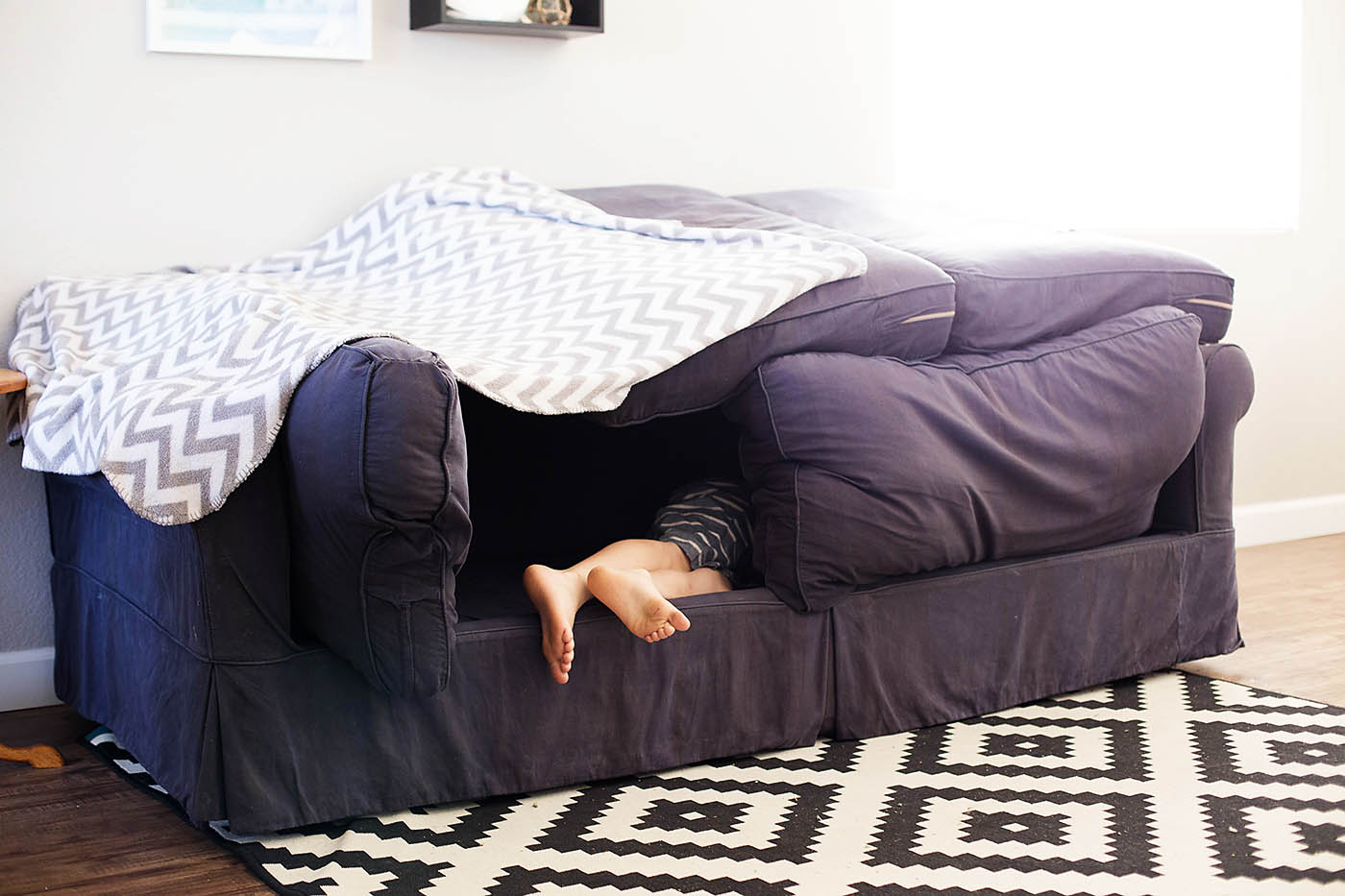
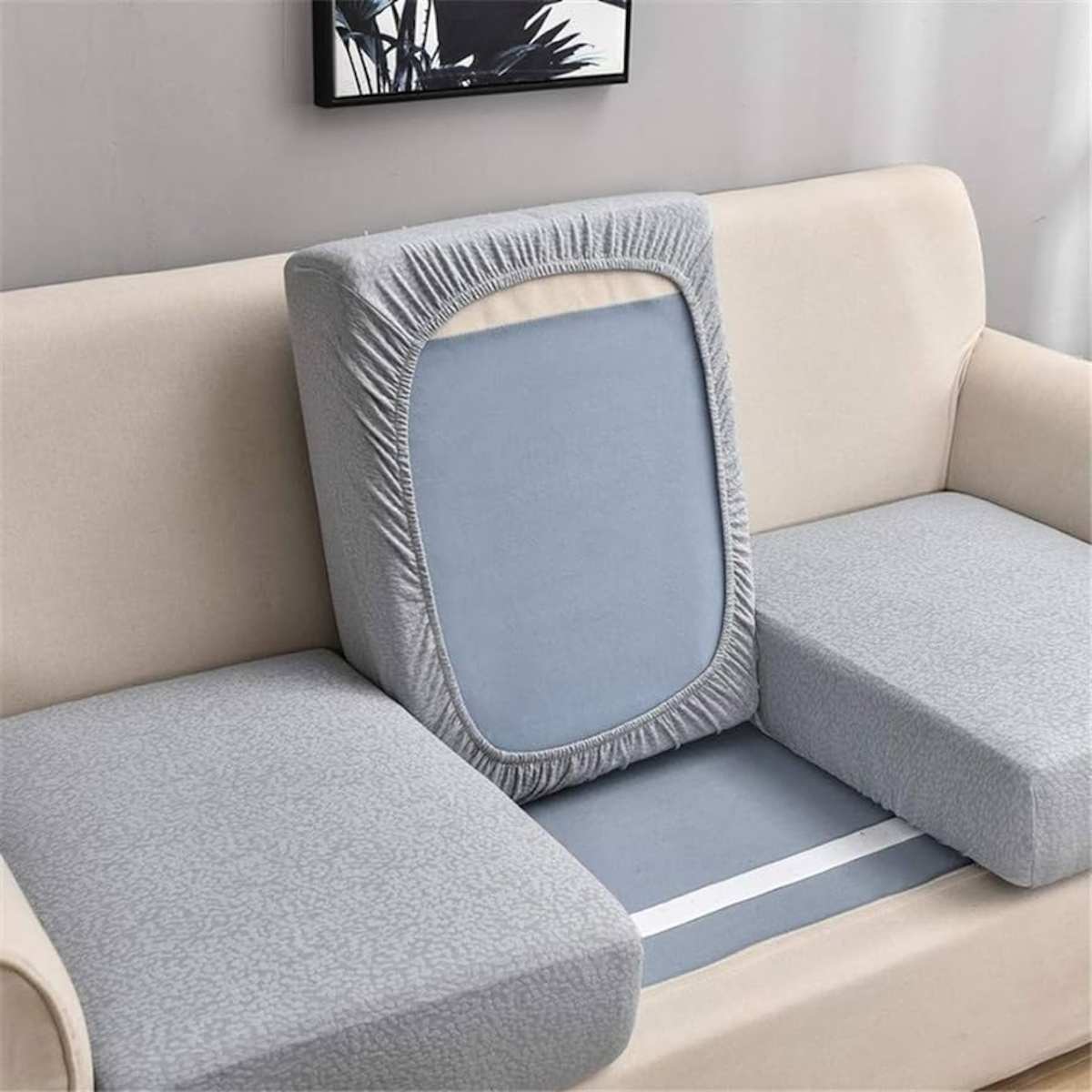

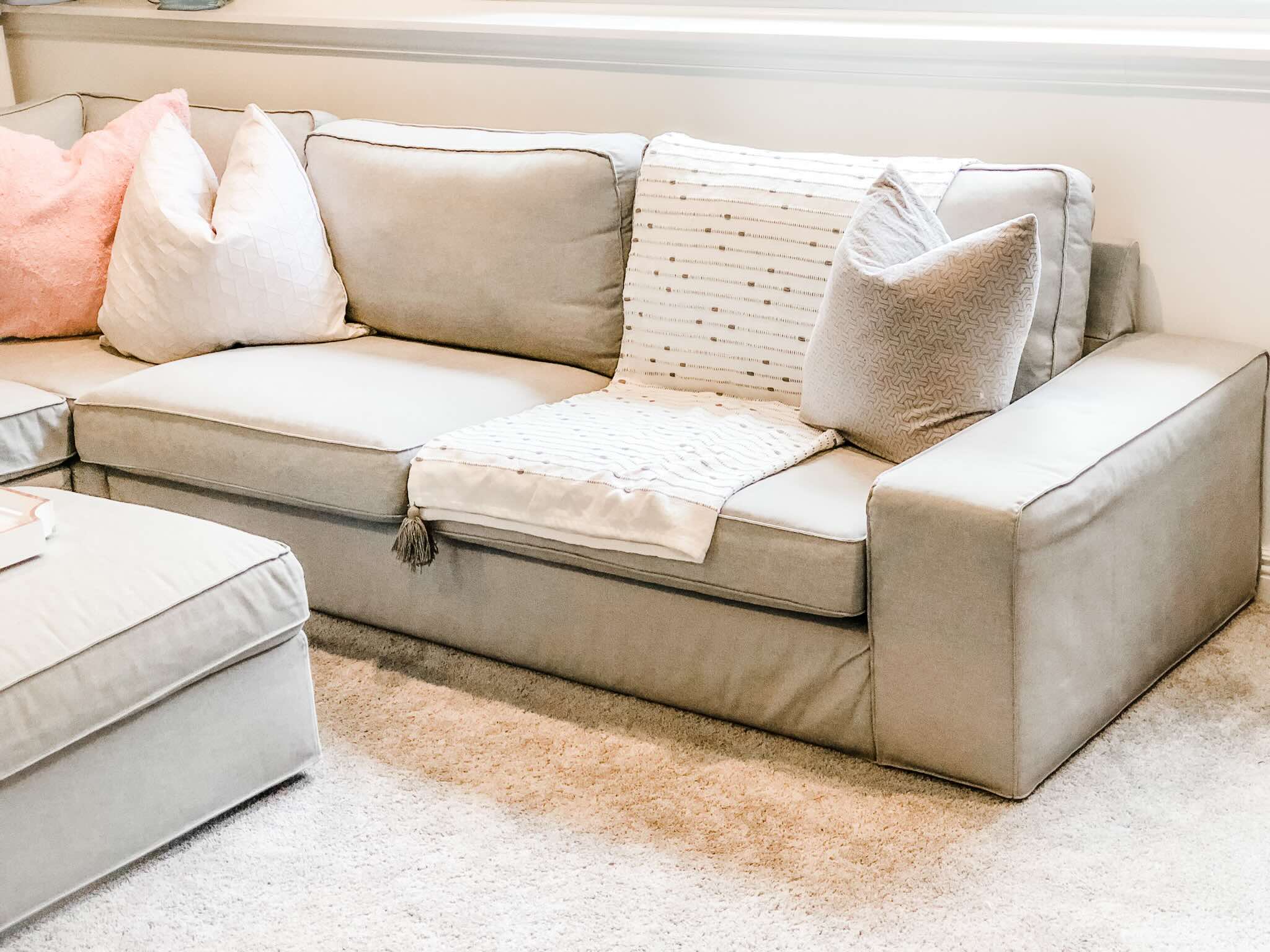
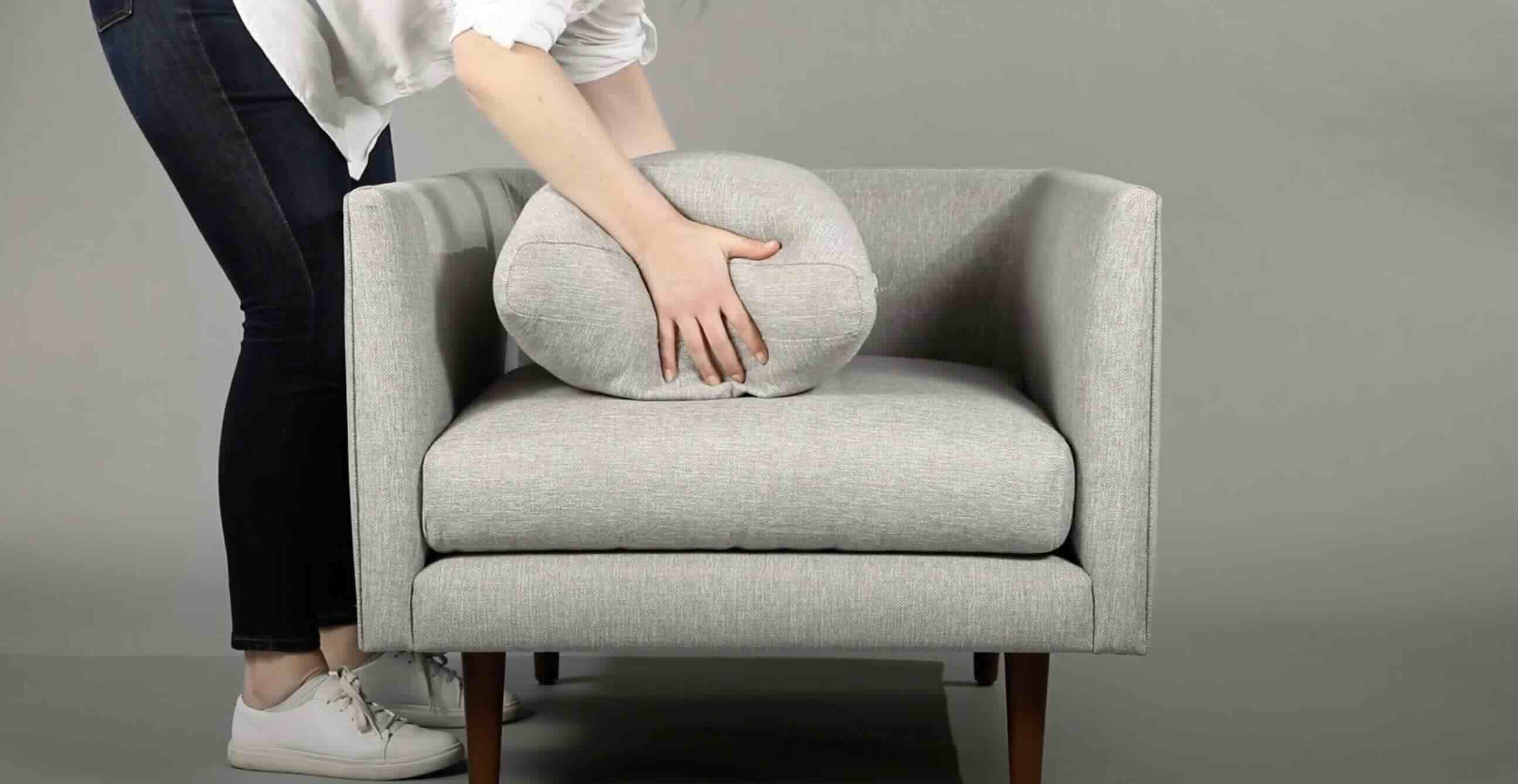

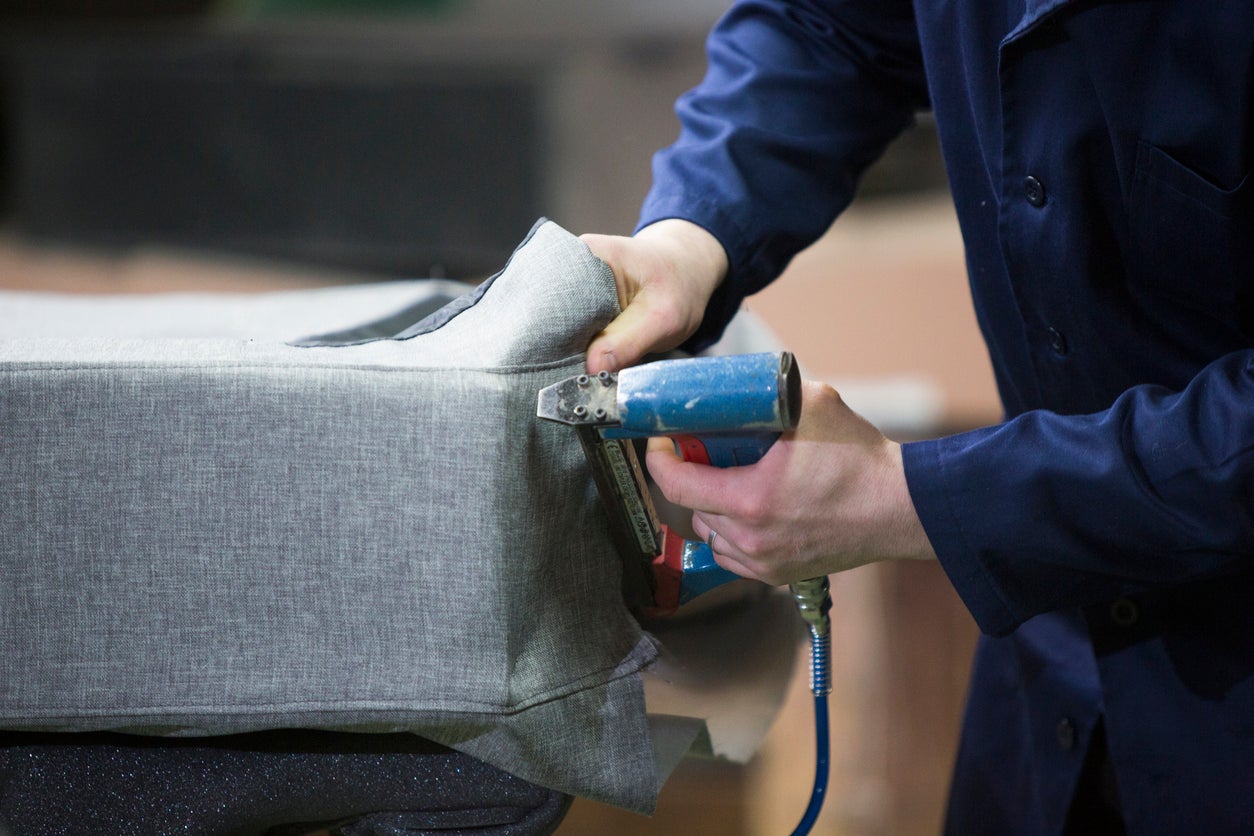
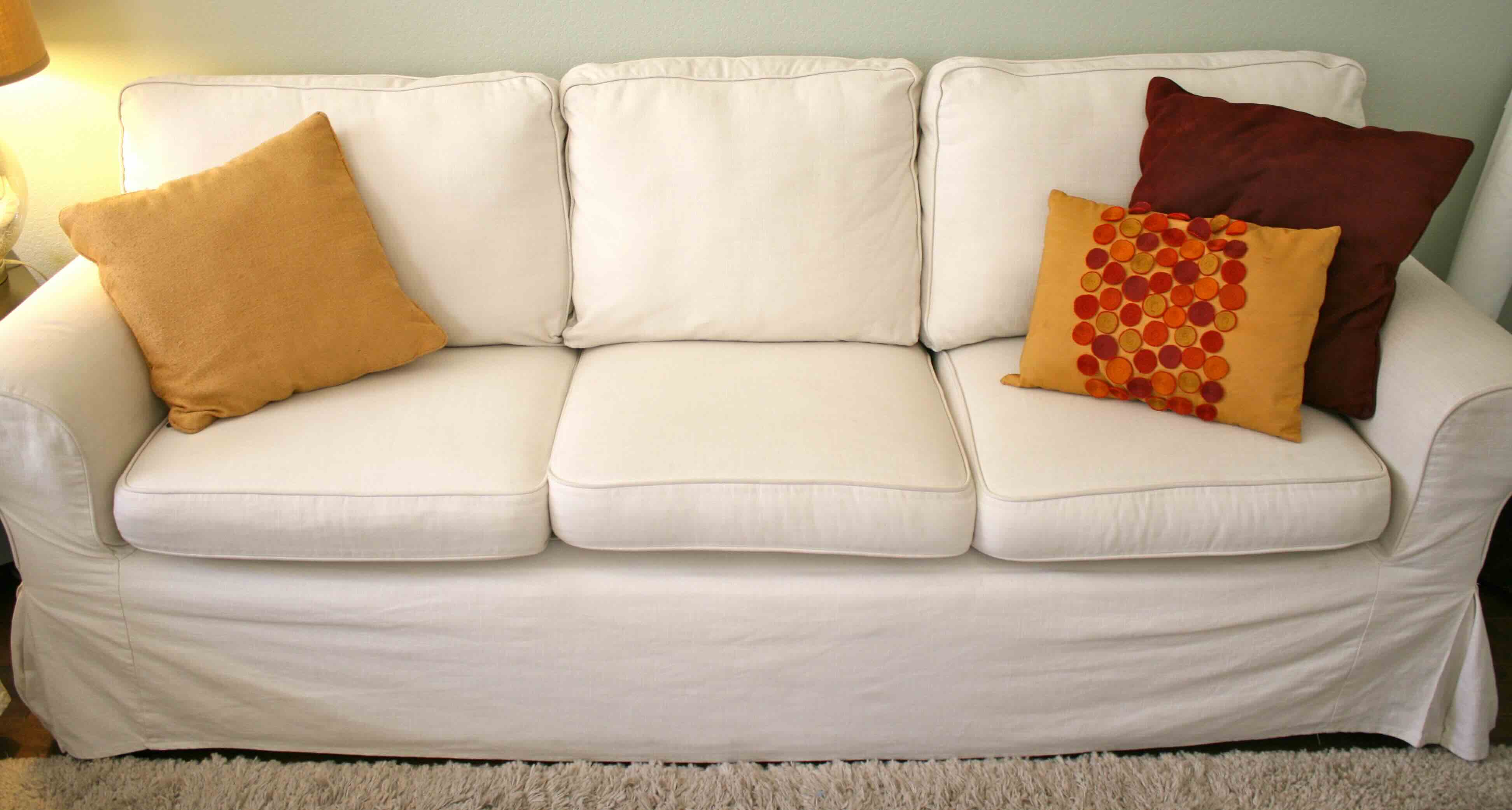
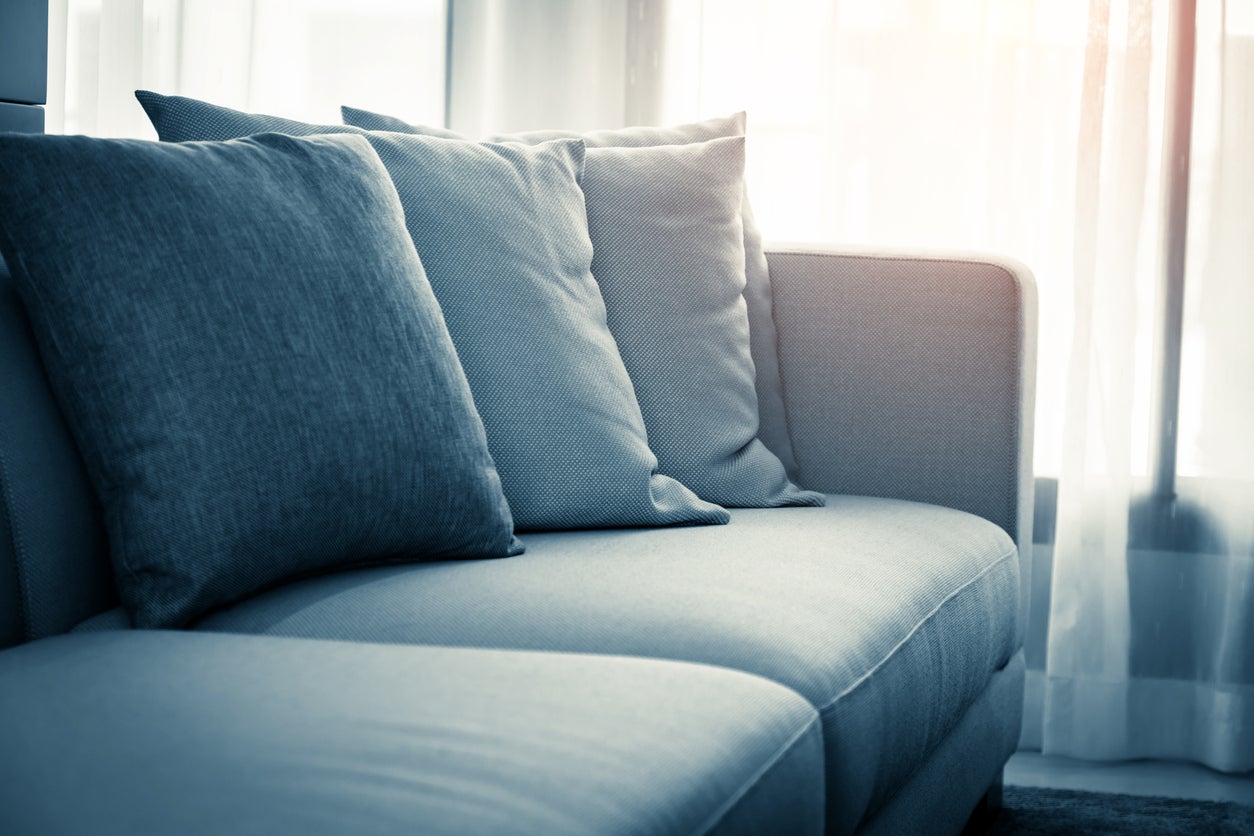
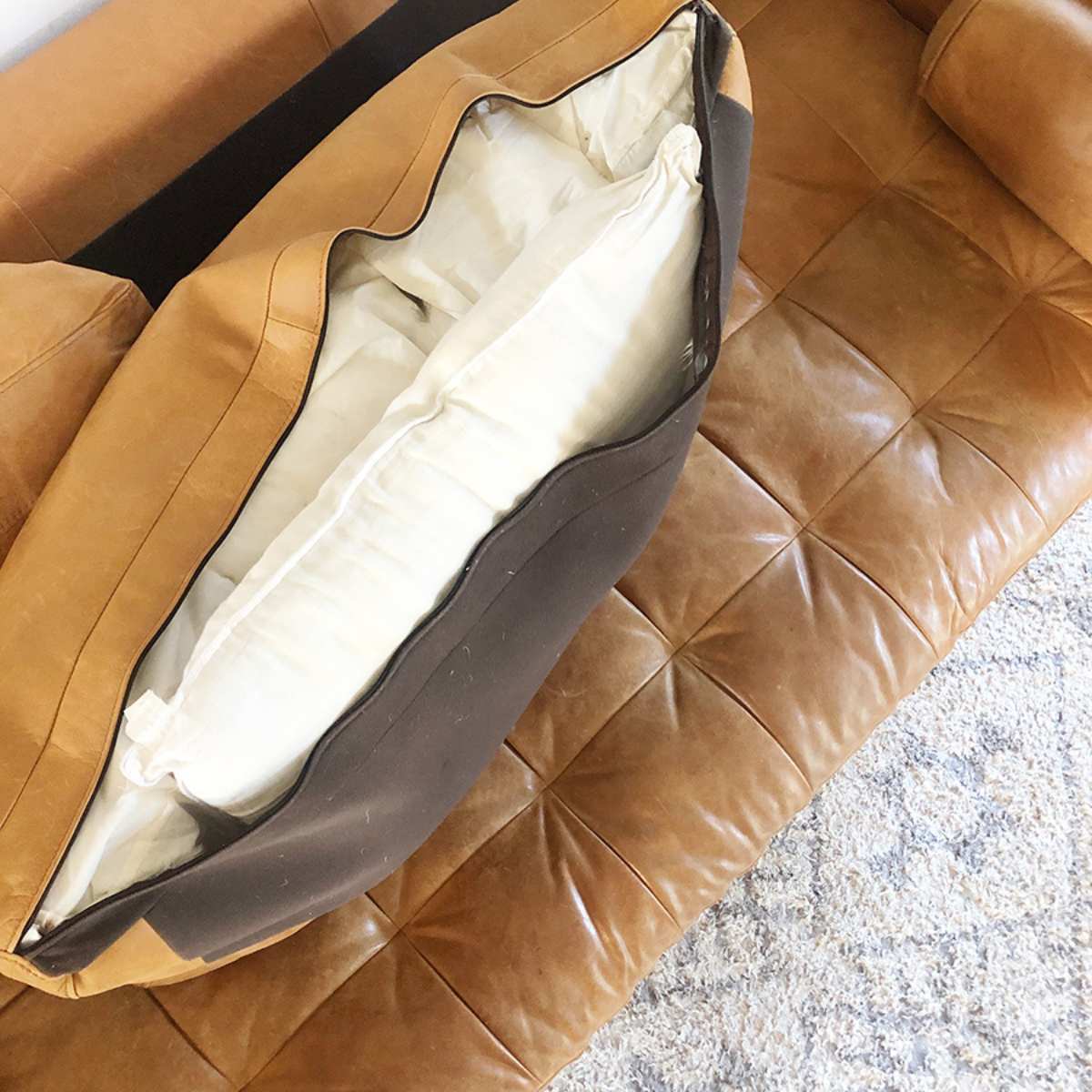
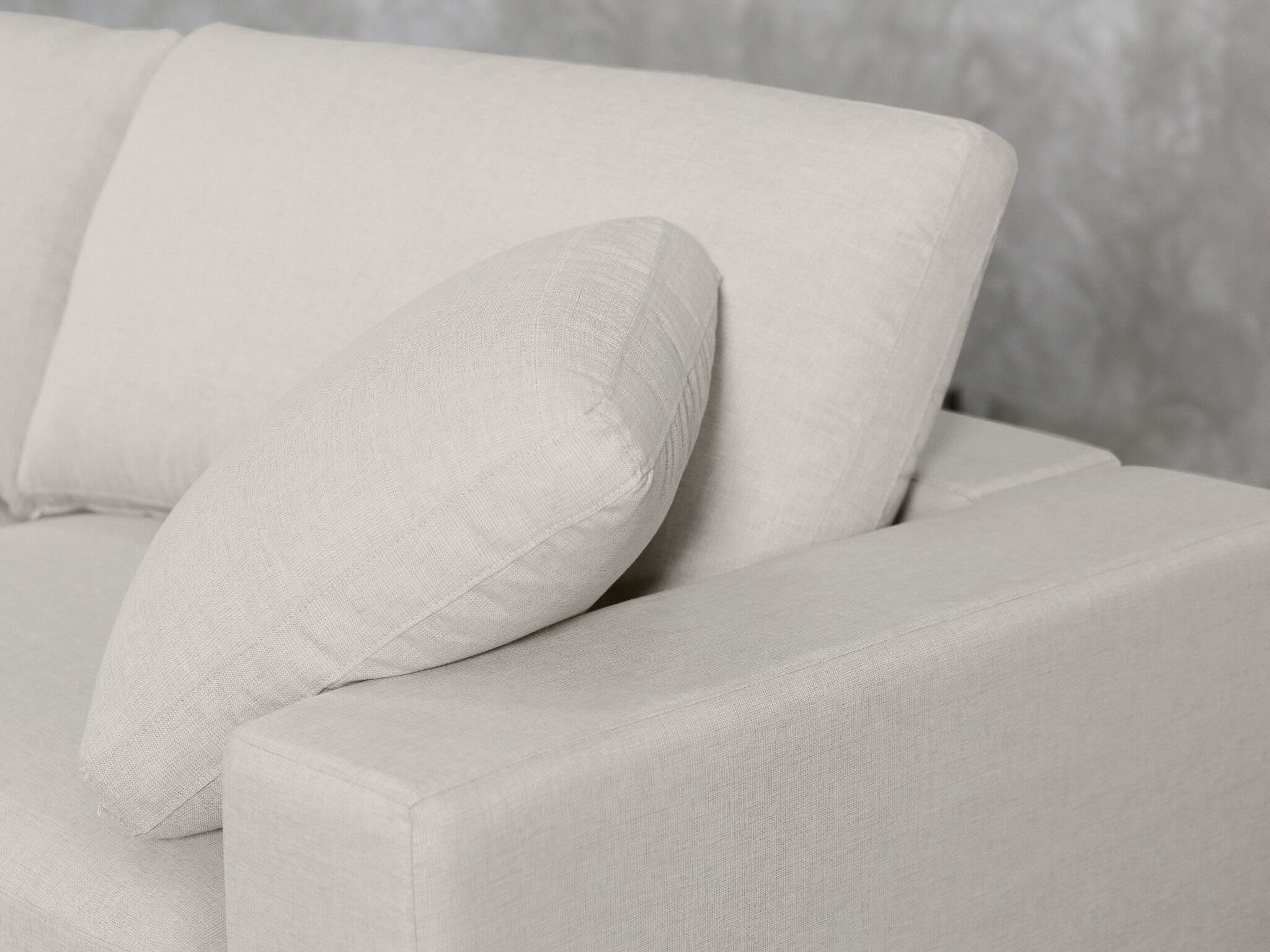
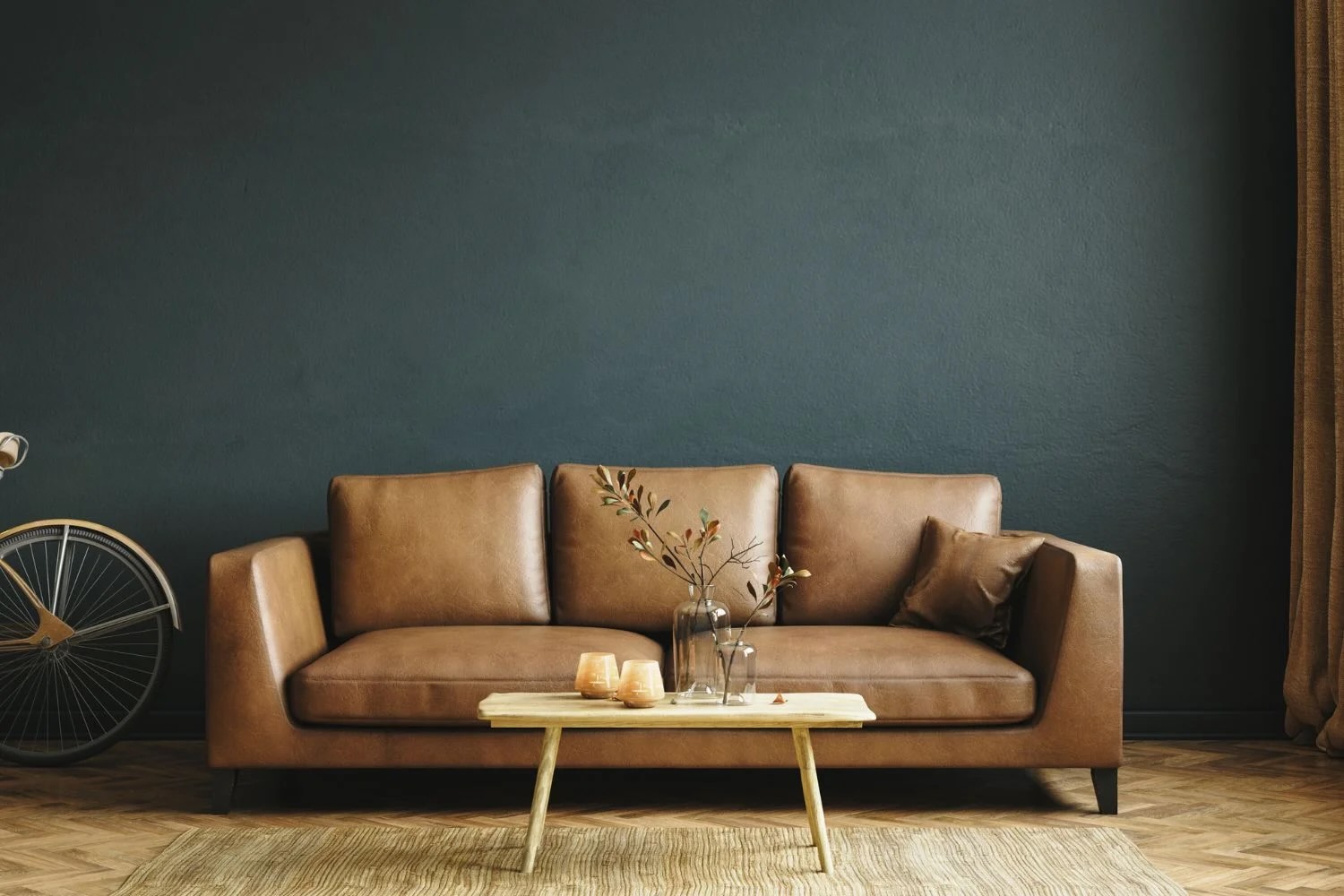

0 thoughts on “How To Dry Couch Cushions Fast”